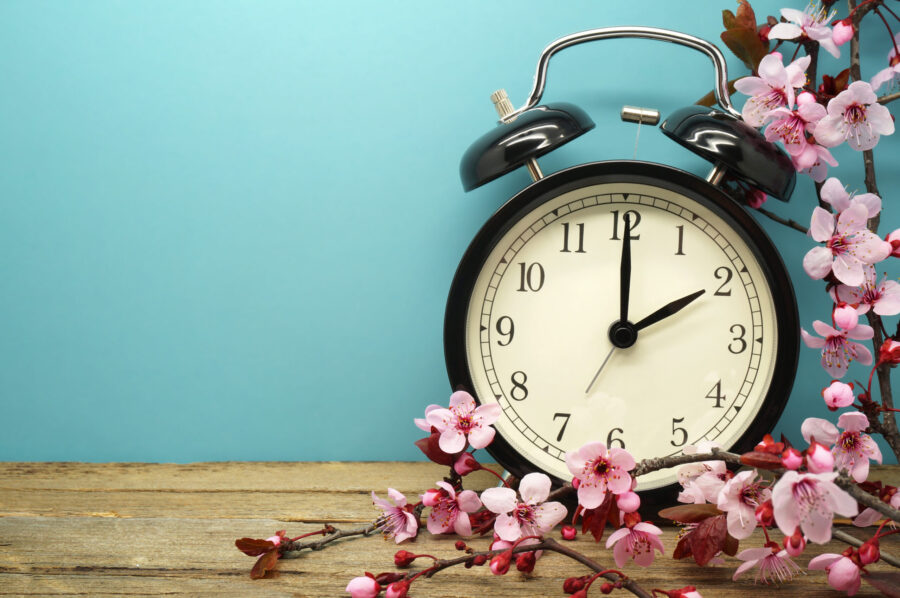It’s that time of year again: when the dreaded switch to Daylight Saving Time begins, and you lose an hour of sleep. An hour may not seem like much, but the effect on your body is more than a lot of us can handle.
That loss of an hour can lead to a host of problems, not the least of which you may be a bit more sluggish the following days—sometimes for as long as two weeks. Studies have shown that the day after the time change, you may eat more junk food, spend more time mindlessly surfing the internet or maybe even be a bit depressed.

There is plenty of evidence that these are only a few of the ill effects of messing around with your natural circadian rhythm—your body’s natural response to day and night. This and many other reasons have pushed more than 30 states to attempt to rescind the perennial changes of time.
So far, none have been successful, but an idea gaining the most traction is to make the change permanent. While it sounds pretty crazy to change time permanently, there are several reasons why it may be a better solution. For one thing, to keep the time ahead one hour all year, rather than reverting in the fall, is more in line with your natural sleeping and waking patterns.
For the time being, however, you must set your clock ahead for this upcoming March. But you do not have to lose that hour and put your body and mind out of sync. The easiest way to approach the changing hour is to start changing your sleeping patterns on March 1st. If you take the hour change of 60 minutes and divide it by the 12 days before Daylight Saving Time begins, you can be more than ready for the change at an incremental 5 minutes per day. Getting up from bed a mere five minutes earlier (after going to bed the corresponding amount of time) each day means you won’t have to “lose” an hour come March 13th.

Of course, you’ll be back to going to bed and rising at a later date, but your body won’t feel the time change as much. You may still lose the hour, but you didn’t have to be so tired for as long as two weeks after.
